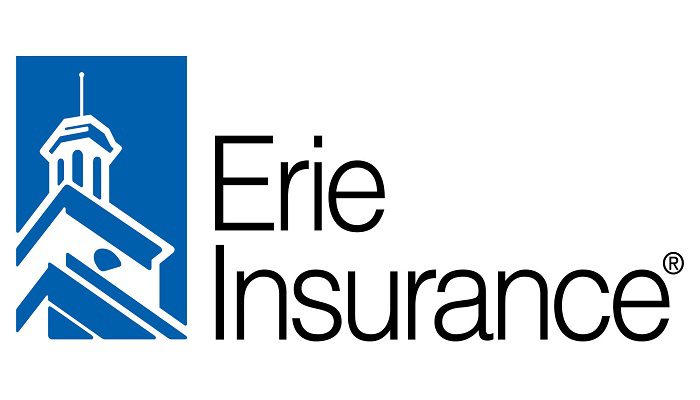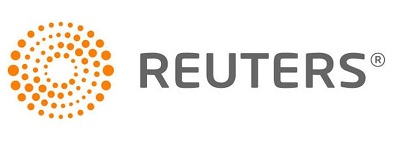The insurance industry is evolving at record pace, and carriers are faced with the challenge of keeping up with the changing times. The need for future-proofing insurance has become more critical than ever, and insurers must adapt their strategies to remain relevant in the industry. That’s why Reuters Events caught up with some of the CEOs of Erie Insurance, Allianz Life, Plymouth Rock & Zurich Ventures to share their honest perspectives on how industry leaders can future-proof their organizations, and the insurance industry as a whole. We’ll be sharing the conversations weekly, or you can download the full report here
First up is Timothy NeCastro, who has served as President & CEO of Erie Insurance since 2016. NeCastro joined ERIE in 1996, starting a career that has spanned finance, services, and sales. He serves on the boards of the American Property Casualty Insurance Association, UPMC Hamot, and is a council member for The Pennsylvania Society. NeCastro is also founding board president of the Erie Downtown Development Corporation, which is transforming the downtown core of Erie, Pennsylvania, through real estate development and sparking investment and revitalization across the region.
- We’re seeing the word ‘customer-centric’ more and more on the conference circuit. What does this mean to you and your organization?
“At ERIE, our focus is even broader than ‘customer-centric;’ it’s about the experience we offer our policyholders, employees, independent agents, and communities at large. Our goal is to ensure everyone we serve has a positive experience, no matter who they are or how they’re engaging with us. We use technology to enable the human touch, not eliminate it. We’re experimenting with ways to engage prospective and current customers digitally and connect them with a person when it’s most important, whether that be to close a sale or lend an empathetic ear. We’re there for the moments that matter, in the way our customers prefer. And that’s a game changer in this industry.”
- How are you improving workforce resilience?
“Our values and culture are a focal point at ERIE, and employees experience that from the moment they’re hired until the day they retire. We’re proud of all our offerings and amenities, but especially our quality benefits package; the fact that we’re one of only 13 Fortune 500 companies to offer both a 401k and a pension; and that we’ve never had a layoff in our 98-year history”
“Rather than eliminating positions when needs or technologies change, we reskill and mobilize our workforce. That stability gives employees a sense of security, which is particularly important—and hard to find—today.”
- What investments are you prioritizing to appeal to the next generation of talent?
“Much like the next generation of customers, up-and-coming talent are looking to be a part of companies that are socially minded and technologically savvy. To build on our longstanding commitment to our communities, we’re focused on making social responsibility part of our business model. We have initiatives that help our agents diversify their workforce and book of business, programs to grow the diversity of our supplier base, and we’ve recently fostered a relationship with an organization that connects individuals on the autism spectrum with employment opportunities. We’re also making investments in new technologies like cloud, digital service capabilities, data, and advanced analytics—all of which will be attractive to the next generation of talent.”
- How can carriers address the complexities of legacy technology within their operations, whilst modernizing the customer experience and claims process?
“We know legacy modernization is critical to our growth, profitability, and service model. That’s why we’ve made it one of our highest priorities in 2023. Because it’s so complex and time consuming, we’re using enterprise agility to accelerate the execution of the work while also taking a bimodal approach. This means continuing to innovate our existing customer and claims platforms while simultaneously migrating to new ones. It’s an incremental transformation that requires commitment from the highest levels of the organization and collaboration across the enterprise.”
- In one sentence, how would you sum up your predictions of the future of insurance?
“In today’s increasingly unpredictable and impersonal world, people are craving security and quality service – and carriers that focus on delivering the best protection, personalized service and peace of mind will be the most successful in the industry.”
Insurance is at a critical inflection point. Inflation is causing a profitability crunch, customers are demanding digital perfection, and a scarcity of talent leaves the industry in crisis mode. Headwinds of change are ripping through an inherently risk-averse industry – but inaction is a strategic risk in itself.
Carriers must challenge the perception of insurance with innovative products, thrive in the changing ecosystem with effective partnerships, and combine the power of next generation technologies with diverse talent to create frictionless customer experiences.
Ready to make this a reality? Join 450+ CEOs and senior stakeholders at Reuters Events: The Future of Insurance USA 2023 (June 27-28, Chicago) to ensure people, processes, and products are fully optimized in the face of global disruption























